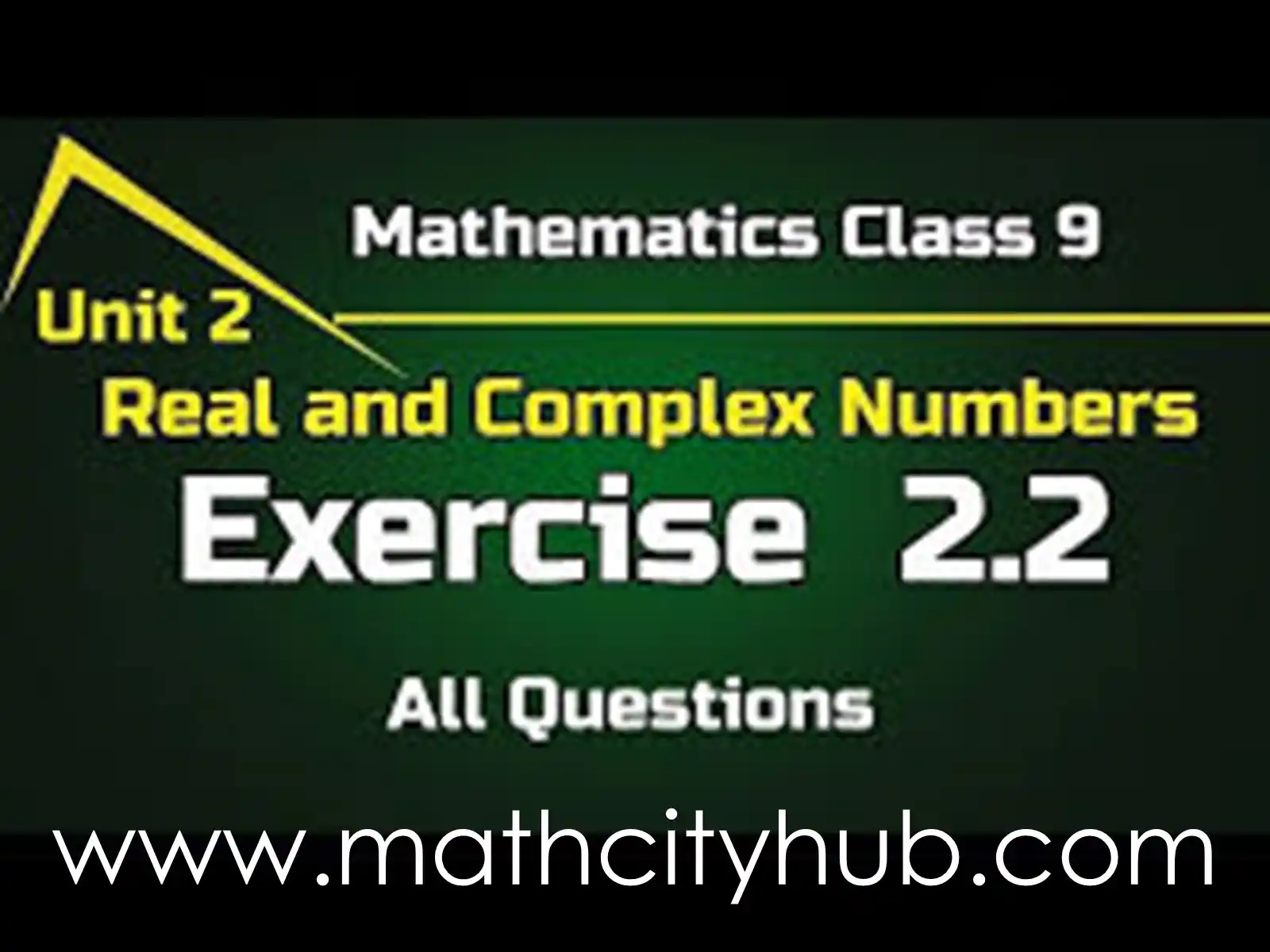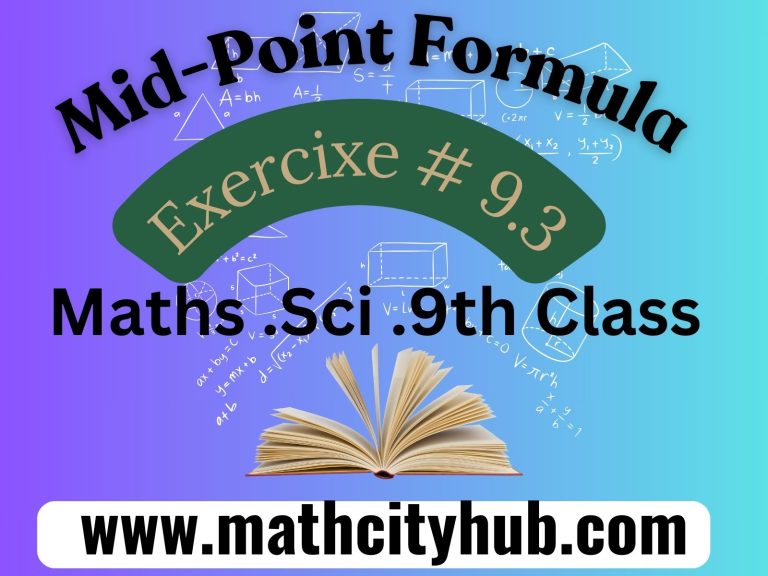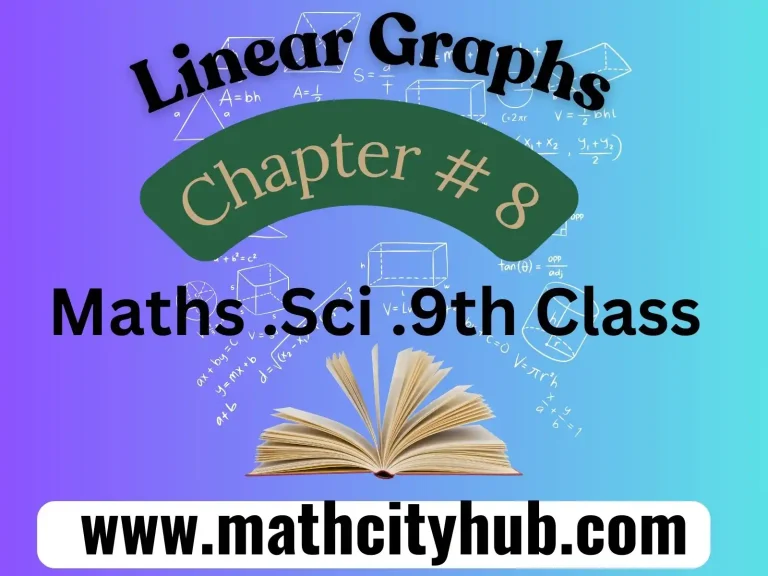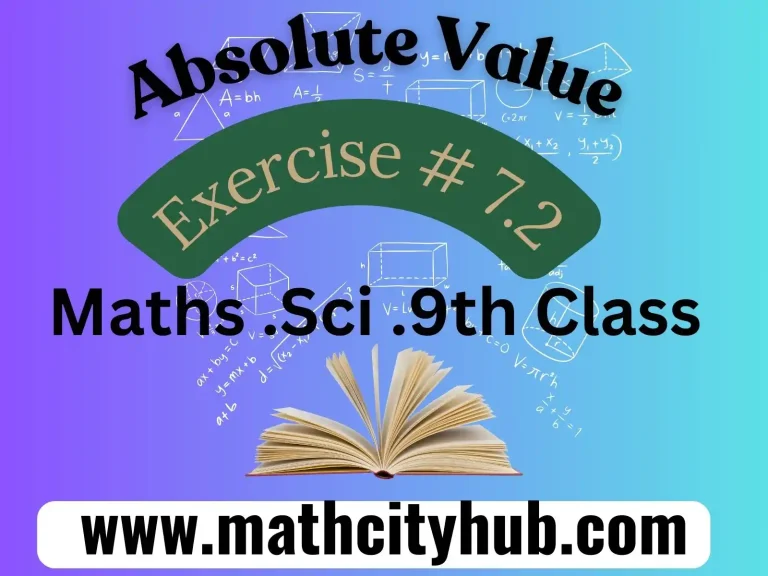Exercise.2.2: Real numbers are the foundation of mathematics, providing a comprehensive framework for understanding and expressing quantities in a diverse range of contexts.
These numbers encompass familiar entities like whole numbers, fractions, decimals, and irrational numbers, forming a continuum that extends infinitely in both directions.
The properties of real numbers play a crucial role in various mathematical operations and are fundamental to the study of algebra and calculus.
In this exploration of the properties of real numbers, we delve into the inherent characteristics that define their behavior in mathematical operations.
These properties not only serve as the building blocks for more advanced mathematical concepts but also establish the rules governing the manipulation and interaction of real numbers.
Through an understanding of these properties, one can navigate the intricacies of mathematical expressions, equations, and inequalities, laying a solid foundation for problem-solving and mathematical reasoning.
The exploration begins with the basic properties such as commutativity, associativity, and distributivity, which dictate how real numbers behave under addition and multiplication.
As we progress, we encounter the concepts of identity and inverse elements, essential components that contribute to the structure of real number systems. Additionally, we examine the notions of order and absolute value, which provide a framework for comparing and measuring magnitudes within the real number line. Exercise.2.2:
Ultimately, a comprehensive grasp of the properties of real numbers empowers individuals to analyze mathematical expressions, solve equations, and make informed decisions in various fields that rely on quantitative reasoning.
This journey into the properties of real numbers serves as a stepping stone for exploring more advanced mathematical concepts and applications, making it a fundamental aspect of mathematical literacy and problem-solving skills.
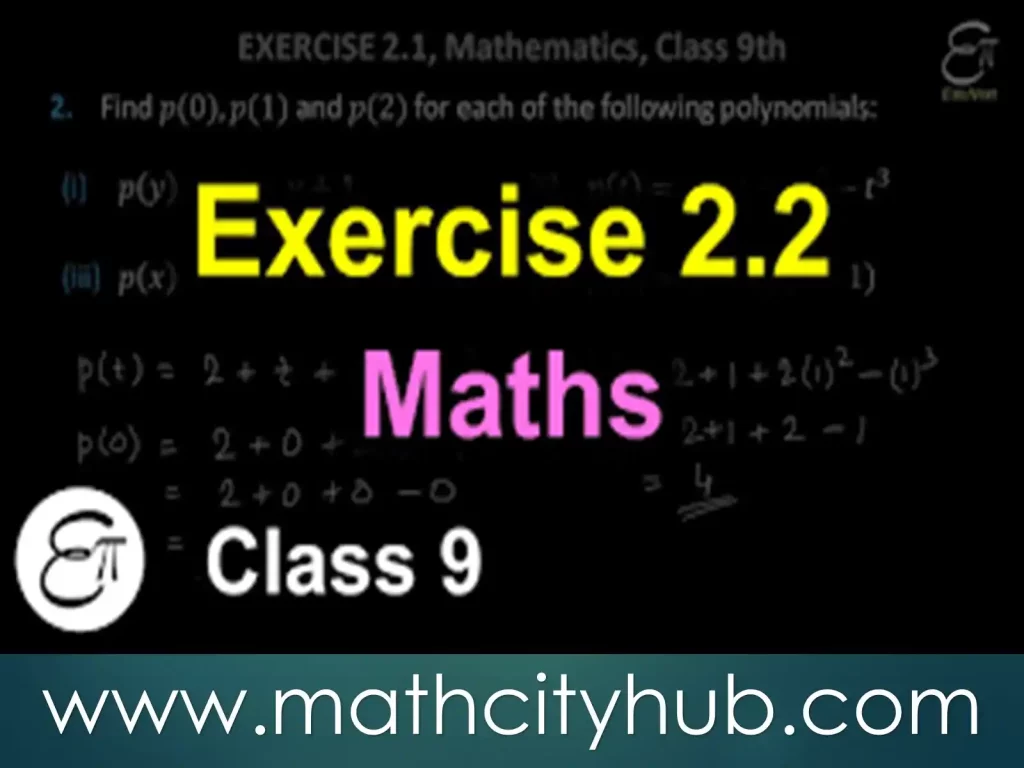
Commutative Property:
The order in which two real numbers are added does not change the result. In other words, for any real numbers a and b:
a + b = b + a
Associative Property:
The grouping of three or more real numbers in an addition expression does not change the result. In other words, for any real numbers a, b, and c:
(a + b) + c = a + (b + c)
Identity Property:
There exists a unique real number, called the additive identity, 0, such that adding 0 to any real number does not change the result. In other words, for any real number a:
a + 0 = a
For every real number a, there exists an additive inverse, -a, such that adding a and -a together gives the additive identity, 0. In other words, for any real number a:
a + (-a) = 0
Closure Property:
The sum of any two real numbers is also a real number. In other words, if a and b are real numbers, then a + b is also a real number.
These properties are fundamental to the understanding of real numbers and their operations. They play a crucial role in various areas of mathematics, including algebra, calculus, and analysis.
Commutative Property:
The order in which two real numbers are multiplied does not change the result. In other words, for any real numbers a and b:
a * b = b * a
Commutative property of multiplication
Associative Property:
The grouping of three or more real numbers in a multiplication expression does not change the result. In other words, for any real numbers a, b, and c:Exercise.2.2:
(a * b) * c = a * (b * c)
Associative property of multiplication
Identity Property:
There exists a unique real number, called the multiplicative identity, 1, such that multiplying any real number by 1 does not change the result. In other words, for any real number a:
a * 1 = a
Identity property of multiplication
Inverse Property:
For every real number a ≠ 0, there exists a multiplicative inverse, 1/a, such that multiplying a and 1/a together gives the multiplicative identity, 1. In other words, for any real number a ≠ 0:
a * (1/a) = 1
Inverse property of multiplicationExercise.2.2:
Closure Property:
The product of any two real numbers is also a real number. In other words, if a and b are real numbers, then a * b is also a real number. Exercise.2.2:
Closure property of multiplication
Distributive Property:
The product of a real number and the sum or difference of two real numbers is equal to the sum or difference of the products of the real number and each of the two real numbers. In other words, for any real numbers a, b, and c:
a * (b + c) = a * b + a * c a * (b – c) = a * b – a * c
Distributive property of multiplication
Zero Property:
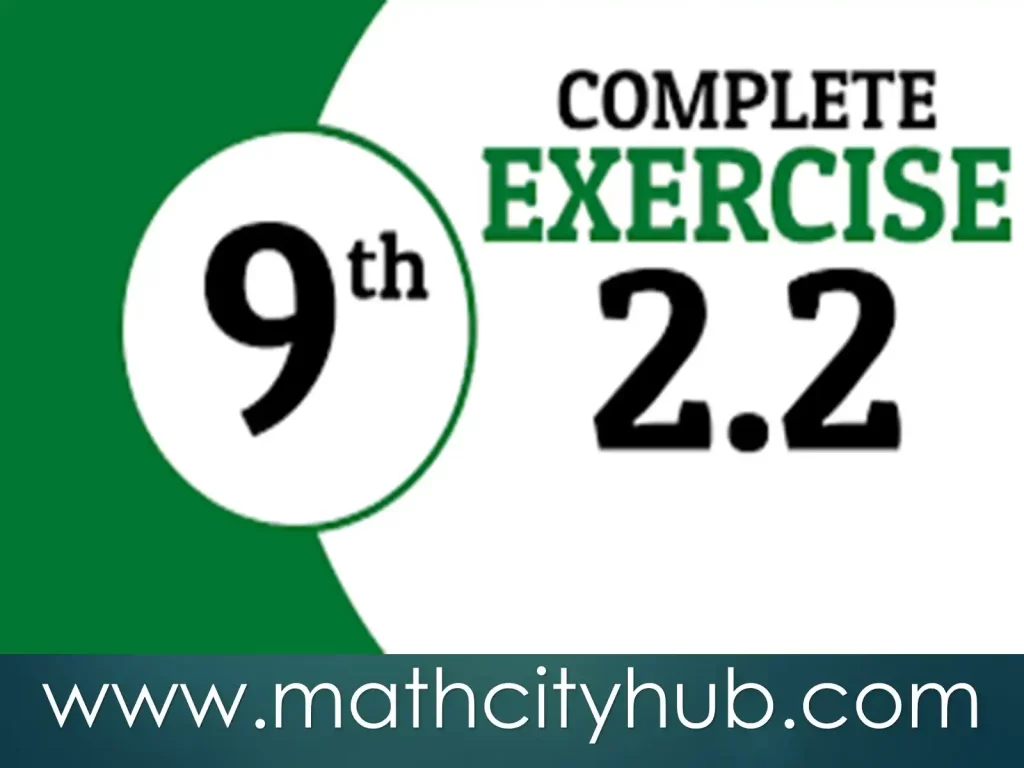
The product of any real number and zero is equal to zero. In other words, for any real number a:
a * 0 = 0
These properties are fundamental to the understanding of real numbers and their operations. They play a crucial role in various areas of mathematics, including algebra, calculus, and analysis.Exercise.2.2:
Addition Property:
If a < b, then a + c < b + c. If a > b, then a + c > b + c.
Subtraction Property:
If a < b, then a – c < b – c. If a > b, then a – c > b – c.
Multiplication Property:
If a < b and c is positive, then ac < bc. If a < b and c is negative, then ac > bc.
Division Property:
If a < b and c is positive, then a/c < b/c. If a < b and c is negative, then a/c > b/c.
These properties are essential for working with inequalities and solving inequality problems. They help us determine the relationships between different numerical values and make informed decisions in various mathematical contexts. Exercise.2.2:
Reflexive Property:
For any real number a, a = a. In other words, every real number is equal to itself.
Symmetric Property:
For any real numbers a and b, if a = b, then b = a. In other words, if two real numbers are equal, then their order does not matter.
Transitive Property:
For any real numbers a, b, and c, if a = b and b = c, then a = c. In other words, if two real numbers are equal to a third real number, then they are equal to each other.
Addition Property:
For any real numbers a, b, and c, if a = b, then a + c = b + c. In other words, if two real numbers are equal, adding the same number to both sides preserves the equality.
Subtraction Property:
For any real numbers a, b, and c, if a = b, then a – c = b – c. In other words, if two real numbers are equal, subtracting the same number from both sides preserves the equality.
Multiplication Property:
For any real numbers a, b, and c, if a = b, then a × c = b × c. In other words, if two real numbers are equal, multiplying both sides by the same nonzero number preserves the equality.
Division Property:
For any real numbers a, b, and c, if a = b and c ≠ 0, then a ÷ c = b ÷ c. In other words, if two real numbers are equal, dividing both sides by the same nonzero number preserves the equality.
Substitution Property:
If a = b, then any expression in which a appears can be replaced by b without changing the value of the expression. In other words, if two real numbers are equal, they can be substituted for each other in any expression.
These properties of equality are fundamental to mathematics and play a crucial role in solving equations, proving theorems, and simplifying expressions. They ensure consistency and accuracy in mathematical reasoning and problem-solving.
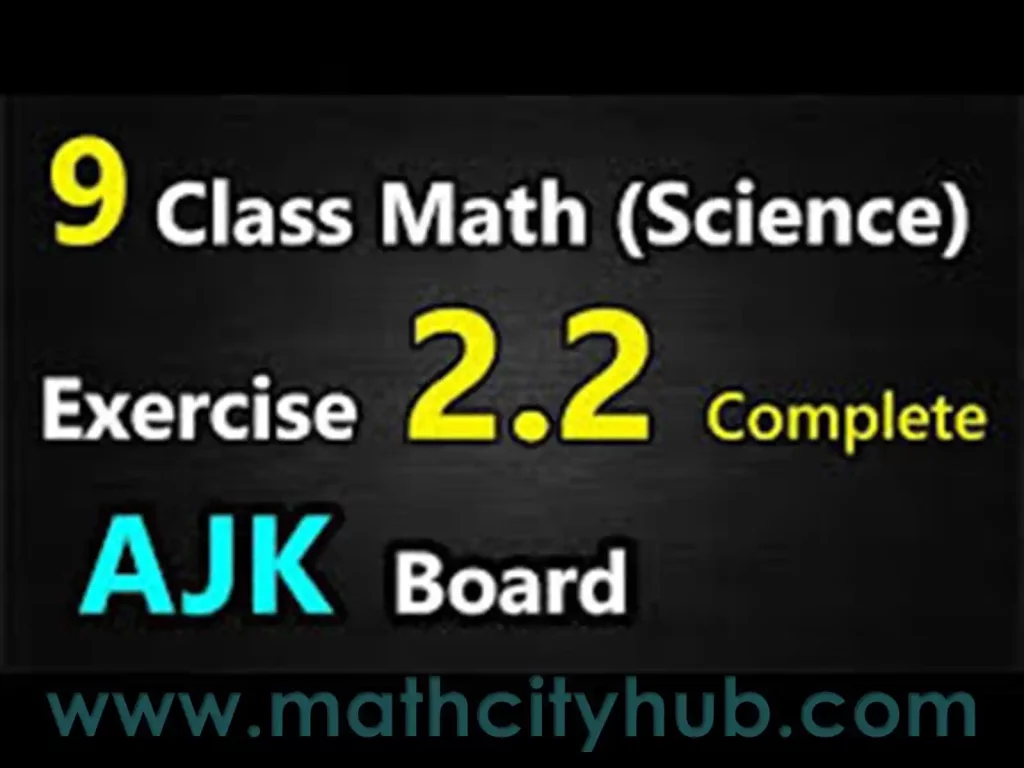
Questions & Answers
Question 1: What is the closure property of real numbers?
Answer: The closure property of real numbers states that the sum, difference, and product of any two real numbers is also a real number. For example, if a and b are real numbers, then a + b, a – b, and ab are also real numbers.Exercise.2.2:
Question 2: What is the commutative property of real numbers?
Answer: The commutative property of real numbers states that the order in which two real numbers are added or multiplied does not affect the result. For example, a + b = b + a and ab = ba.
Question 3: What is the associative property of real numbers?
Answer: The associative property of real numbers states that the grouping of three or more real numbers in an addition or multiplication expression does not affect the result. For example, (a + b) + c = a + (b + c) and (a × b) × c = a × (b × c).
Question 4: What is the distributive property of real numbers?
Answer: The distributive property of real numbers states that the product of a real number and the sum or difference of two real numbers is equal to the sum or difference of the products of the real number and each of the two real numbers. For example, a × (b + c) = ab + ac and a × (b – c) = ab – ac.
Question 5: What is the identity property of real numbers?
Answer: The identity property of real numbers states that the sum of any real number and zero is equal to the real number itself. For example, a + 0 = a. Exercise.2.2:
Question 6: What is the inverse property of real numbers?
Answer: The inverse property of real numbers states that the sum of any real number and its additive inverse is equal to zero. For example, a + (-a) = 0.
Question 7: What is the zero property of real numbers?
Answer: The zero property of real numbers states that the product of any real number and zero is equal to zero. For example, a × 0 = 0.
Trichotomy Property:
For any two real numbers a and b, exactly one of the following is true:
a < b a = b a > b
Transitive Property:
If a < b and b < c, then a < c. If a > b and b > c, then a > c.
Conclusion
Conclusion on Properties of Real Numbers:
In conclusion, the properties of real numbers serve as the cornerstone of mathematical understanding and application. The exploration of commutativity, associativity, distributivity, and other fundamental properties provides a robust framework for manipulating and analyzing quantities in diverse mathematical contexts.Exercise.2.2:
These properties not only streamline the study of algebra and calculus but also form the basis for problem-solving and critical thinking in various disciplines.
The commutative property of addition and multiplication highlights the interchangeable nature of numbers, while the associative property underscores the flexibility in grouping.
The distributive property bridges addition and multiplication, offering a seamless transition between these fundamental operations. Together, these properties lay the groundwork for simplifying complex expressions and equations, enabling a more systematic approach to problem-solving.
The identity and inverse elements provide stability to the number system. The identity element of addition, zero, acts as a neutral element, while the reciprocal serves as the inverse element of multiplication. Exercise.2.2:
These concepts not only contribute to the elegance of mathematical structures but also facilitate efficient calculations and manipulations.
The order property introduces a fundamental notion of magnitude and comparison, essential for understanding relationships between real numbers.
Additionally, the absolute value, representing the distance from zero, provides a tool for measuring magnitudes without concern for direction.
In essence, a comprehensive understanding of the properties of real numbers is indispensable for navigating the complexities of mathematical reasoning and application.
These properties not only unlock the potential for solving mathematical problems but also lay the groundwork for more advanced mathematical concepts and their real-world applications.
As we conclude our exploration, it becomes evident that the properties of real numbers are not just abstract principles; they are the guiding principles that underpin the language of mathematics and empower individuals to engage with and interpret the quantitative aspects of the world around them.
Suggested Read:
- Exercise 1.1: Introduction to matrices
- Exercise.1.2. Types Of Matrices.
- Exercise 1.3: Addition And Subtraction Of Matrices
- Exercise.1.4: Multiplication Of Matrices
- Exercise 4.1: Introduction to Algebraic Expressions
- Exercise 4.2: Introduction to Algebraic Expressions
- Exercise 4.3: Introduction to Algebraic Expressions
- Explanation of Abstract Algebra Problems
- Easy Way to Learn A Cubed minus B Cubed
- Best 7th Grade Math Formulas for Children
- Derivation of A Square Minus B Square With Example
- Types of A Specific Formula for Solving a Problem Is Called
Math Full Book 9th Class
Exercise.2.2
Azam Bodla
M.Phil. Mathematics, Content Writer, SEO Expert
Web Developer, Online Tutor
Call or WhatsApp: +923059611600
Gmail:azambodlaa@gmail.com
